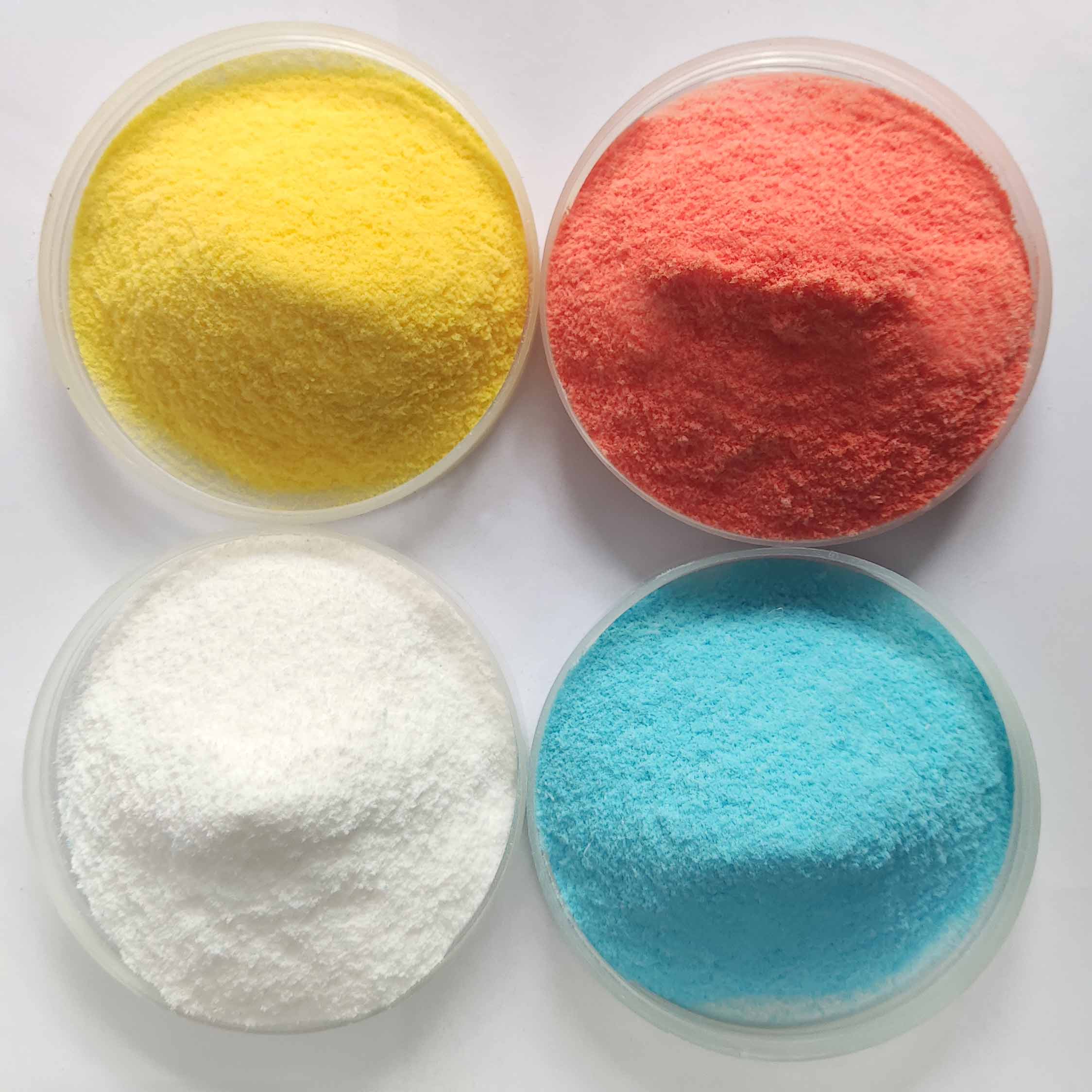What Is Rotomolding LLDPE and Why Is It Popular in Plastic Manufacturing?
2025-07-16
Rotomolding LLDPE refers to the process of rotational molding (rotomolding) using LLDPE (Linear Low-Density Polyethylene) as the raw material. Rotational molding is a manufacturing technique for producing hollow plastic parts by heating powdered plastic resin inside a rotating mold. LLDPE is a type of polyethylene known for its flexibility, toughness, and chemical resistance, making it an excellent choice for rotomolded products.
What Is Rotational Molding?
Rotational molding involves placing plastic powder into a hollow mold that rotates biaxially (around two axes) inside an oven. The heat melts the powder, which coats the interior surface of the mold evenly. After cooling, the mold opens, and the hollow plastic part is removed.

Why Use LLDPE for Rotomolding?
LLDPE offers several benefits when used in rotomolding:
Excellent Flexibility and Toughness: Produces durable, impact-resistant parts.
Good Chemical and Environmental Resistance: Suitable for outdoor use and harsh environments.
Uniform Wall Thickness: Rotomolding with LLDPE ensures consistent product strength.
Wide Processing Window: Easier to mold compared to some other polyethylene types.
Lightweight: Helps reduce overall product weight without compromising strength.
Common Applications of Rotomolded LLDPE Products
Water Tanks and Storage Containers: Durable and corrosion-resistant.
Agricultural Equipment: Fertilizer spreaders, seeders, and protective covers.
Industrial Components: Housings, bins, and pallets.
Toys and Recreational Equipment: Kayaks, playground parts.
Automotive Parts: Fuel tanks, fenders, and utility boxes.
Advantages of Using Rotomolding with LLDPE
Cost-Effective for Low to Medium Production Runs: No need for expensive molds.
Complex Shapes Possible: Ideal for hollow, seamless, and large parts.
Low Scrap and Waste: Material usage is efficient.
Good Surface Finish: Smooth and visually appealing.
Strong and Durable End Products: Resistant to impact and wear.
Considerations When Using LLDPE in Rotomolding
Mold Design: Requires careful design for even heat distribution.
Cooling Time: Longer cycles compared to other molding methods.
Material Selection: Different grades of LLDPE may affect processing and product properties.
Post-Processing: May require trimming or secondary operations.
Conclusion
Rotomolding LLDPE combines the versatility of rotational molding with the excellent material properties of LLDPE, making it a popular choice for manufacturing durable, complex hollow plastic parts. Its flexibility, strength, and chemical resistance open possibilities across many industries, offering cost-effective and high-quality solutions.


